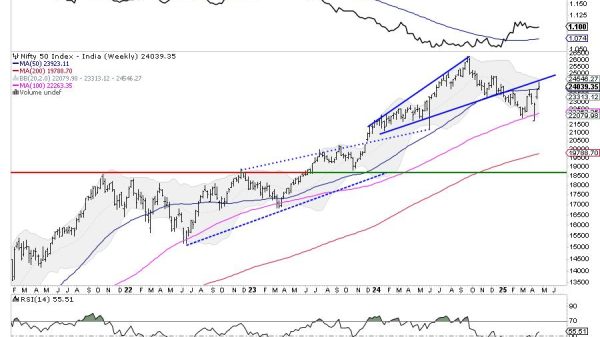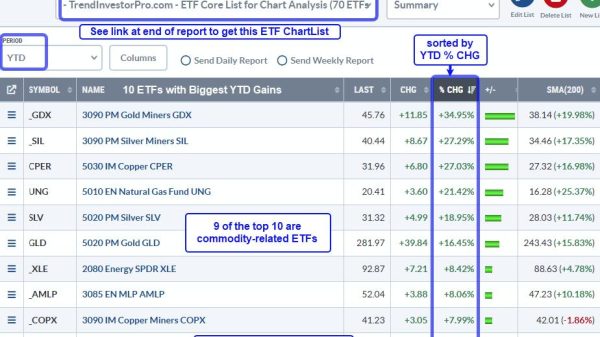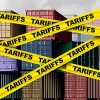Thomas A. Berry, Brent Skorup, and Christine Marsden
Under the Clean Air Act, the US Environmental Protection Agency (EPA) may grant a special waiver to the state of California to combat environmental concerns specific to California, such as smog in Los Angeles. But over the last fifteen years, the EPA has used that limited waiver process to empower California regulators to address global climate change through strict vehicle emissions and electric car mandates that bind all US automakers.
Diamond Alternative Energy and other producers of liquid fuel sued to block the enforcement of one such EPA waiver. They filed declarations explaining that California’s strict mandates would cause fewer fuel-producing cars to be sold, depressing fuel sales and harming the fuel producers financially. However, the DC Circuit concluded that it was not enough to articulate these predictable effects of coercive regulations. The court held that the fuel producers had failed to demonstrate that vacating the EPA waiver would increase fuel purchases. The court thus reasoned that the fuel producers had not proven that blocking the waiver would “redress” their injury. On that basis, the court dismissed the case for a lack of standing.
The fuel producers asked the Supreme Court to review their case, and the Court granted that request. Now, Cato has filed an amicus brief in support of Diamond Alternative Energy.
In our brief, we highlight lower courts’ misuse of standing doctrines to dismiss meritorious, viable challenges to government regulation. Indeed, we recently fell victim to the DC Circuit’s dubious standing requirements in a First Amendment case against a federal agency, Cato Institute v. SEC (2021).
Standing doctrine is meant to ensure that federal cases hinge on real conflicts, to prevent “turning judges into advice columnists.” However, judges’ application of modern standing doctrine bears little resemblance to the historical requirements derived from the Constitution’s Case or Controversy Clause of Article III.
The DC Circuit’s decision in this case illustrates that standing doctrine is too often used as an arbitrary barrier, blocking the courthouse doors to parties who have genuine legal grievances. In this case, the fuel producers unquestionably have a valid interest in blocking the waiver. Although California’s regulations bind vehicle manufacturers, those manufacturers are not the sole targets of the regulations. California has been explicit about its desire to reduce the use of fuel through the passage of emissions regulations.
The Supreme Court found in Department of Commerce v. New York (2019) that the “predictable effects” of a regulation can be used to establish standing. The fuel producers logically argue that strict emissions rules will depress demand for their products, thus harming their economic interests. That should be enough to show a redressable injury and establish standing.
Overly strict applications of standing doctrine are not just inconsistent with the original meaning of the Constitution, they are also inconsistent with established precedent. The Supreme Court should reverse the DC Circuit so that the courts below will finally consider the legal challenge to EPA’s waiver on the merits.
















